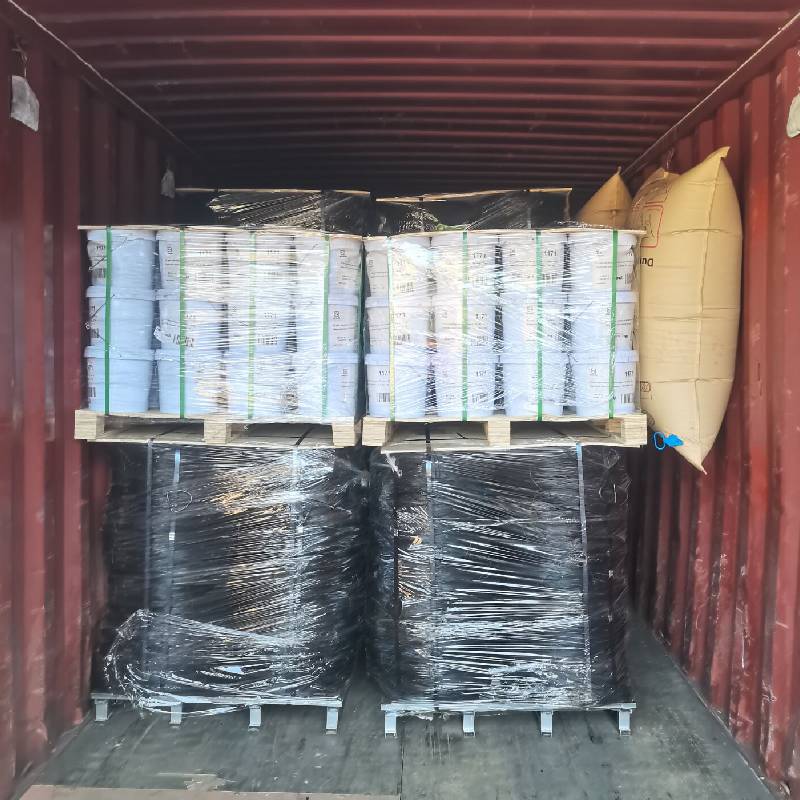
- Mobile Phone
- +8613931874955
- sales@cntcmetal.com
wall ties masonry
Wall Ties in Masonry An Essential Component for Structural Integrity
Masonry construction has long been heralded for its durability and aesthetic appeal. Brick, stone, and concrete block are materials that offer resilience and strength. However, to maintain the integrity of masonry structures, particularly in load-bearing walls and facades, the use of wall ties is crucial. Wall ties are small components that play a significant role in ensuring the stability and longevity of masonry buildings. This article will explore the functions, types, installation methods, and importance of wall ties in masonry construction.
Functions of Wall Ties
Wall ties serve several vital functions in masonry construction. Primarily, they act as connectors between the masonry outer leaf and the inner structural wall or layer. This connection is essential for creating a composite wall system that can withstand various forces, including wind load, seismic activity, and in some cases, thermal expansion and contraction. Wall ties also help to stabilize the outer leaf of a wall, preventing it from bowing, cracking, or collapsing. By distributing lateral loads evenly, they enhance the structural integrity and overall performance of the masonry.
Another critical function of wall ties is moisture management. In cavity wall construction, for instance, wall ties help facilitate drainage and ventilation, reducing the risk of water penetration into the building. Properly installed wall ties create a pathway for moisture to escape, thereby preventing damage to the interior finishes and insulation. This moisture management feature is particularly important in regions with high humidity or frequent rainfall.
Types of Wall Ties
There are various types of wall ties available, each designed for specific conditions and applications
. The most common types include1. Twist Ties These are the simplest form of wall ties, made from twisted wire. They are primarily used for lightweight brickwork and limited load-bearing applications.
2. Dovetail Ties This type features a flat, dovetail shape, allowing them to lock into the masonry more securely. They are often used in cavity walls where additional shear strength is needed.
wall ties masonry

3. Screwed Ties These wall ties are equipped with a screw mechanism that allows for a strong bond to the masonry. They are ideal for heavy-duty applications and are often used in buildings subject to extreme loads.
4. Helical Ties Designed with a spiral form, helical ties provide a high level of tensile strength and flexibility. They are commonly used in retrofitting and repairing older structures.
5. Expansion Ties These are employed where a degree of movement is anticipated. Expansion ties can accommodate thermal expansion and contraction without compromising the structural integrity of the wall.
Installation Methods
The installation of wall ties is a critical step in masonry construction that requires careful attention to detail. Wall ties should be installed at specified intervals, typically between 16 and 24 inches on center, depending on the height and load of the wall. The ties must be embedded securely into the mortar joint, ensuring they are adequately bonded and protected from moisture.
During installation, it is essential to follow local building codes and guidelines to ensure compliance and safety. Proper spacing and alignment are vital for the performance of wall ties, and installers should also consider the type of masonry being used, as different materials may require specific types of ties.
Importance of Wall Ties
The importance of wall ties in masonry cannot be overstated. They are integral to the safety and durability of masonry structures. Without proper wall tie installation, buildings may face issues such as cracking, water intrusion, and eventual structural failure. In historic preservation projects, where maintaining the character of the building is essential, wall ties can also function as a means of restoration, allowing for the integration of modern engineering techniques with traditional materials.
In conclusion, wall ties are a fundamental component of masonry construction. They provide structural stability, enhance moisture management, and contribute to the overall performance of masonry walls. As the construction industry continues to evolve, the importance of understanding and implementing effective wall tie solutions will remain a priority for architects, builders, and engineers alike. Recognizing their role not only ensures the integrity of individual structures but also upholds the safety of communities built upon them.
share:
-
Your Source for Concrete Wall Ties and Masonry AccessoriesNewsJul.10,2025
-
Unlocking the Power of Iron Wire for Every ProjectNewsJul.10,2025
-
Explore Advanced Chain Wire and Stainless Steel Mesh FencingNewsJul.10,2025
-
Discover the Benefits of Annealed Wire ProductsNewsJul.10,2025
-
Discover China Stainless Steel Wire Mesh SolutionsNewsJul.10,2025
-
Build with Confidence Using High-Performance Masonry AccessoriesNewsJul.10,2025
-
Why Sacrificial Formwork Is Redefining Underground ConstructionNewsJun.06,2025



















